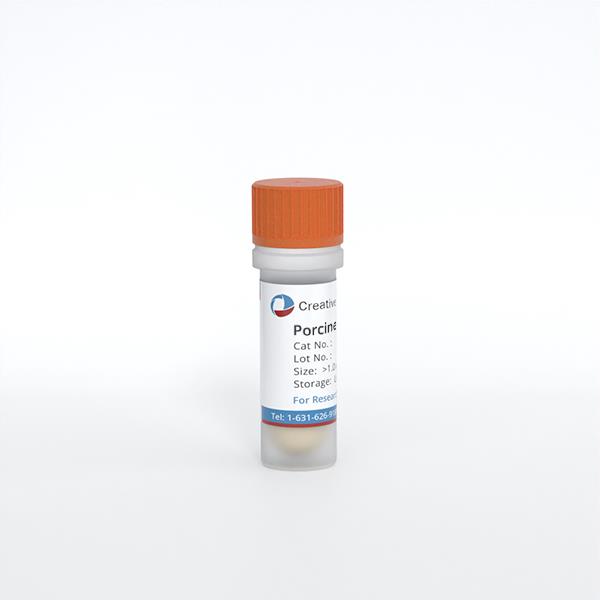- HCC-78
- HDLM-2
- DOHH-2
- L-540
- MX-1
- NALM-6
- NB-4
- CAL-51
- SNB-19
- KYSE-520
- MKN-45
- BA/F3
- MS-5
- HCEC-B4G12
- NK-92
- PA-TU-8988S
- MONO-MAC-1
- PA-TU-8902
- Human Microglia
- Human Hepatic Stellate Cells
- Human Skeletal Muscle Cells (DMD)
- Human Schwann Cells
- Human Oral Keratinocytes (HOK)
- Human Cardiomyocytes
- Human Small Intestinal Epithelial Cells
- Human Colonic Epithelial Cells
- Human Intestinal Fibroblasts
- Primary Human Large Intestine Microvascular Endothelial Cells
- Human Small Intestinal Microvascular Endothelial Cells
- Human Retinal Pigment Epithelial Cells
- Human Hepatocytes
- Cynomolgus Monkey Lung Microvascular Endothelial Cells
- Cynomolgus Monkey Vein Endothelial Cells
- C57BL/6 Mouse Primary Mammary Epithelial Cells
- C57BL/6 Mouse Vein Endothelial Cells
- Rat Primary Kidney Epithelial Cells
- Rat Gingival Epithelial Cells
- Rabbit Lung Endothelial Cells
Our Promise to You
Guaranteed product quality, expert customer support

ONLINE INQUIRY

Porcine Hepatocytes
Cat.No.: CSC-C4926L
Species: Porcine
Source: Liver
Cell Type: Hepatocyte
- Specification
- Q & A
- Customer Review
Never can cryopreserved cells be kept at -20 °C.
Most of the general culture media use HCO3-/CO32-/H+ as the pH buffer system, and the amount of NaHCO3 in the medium will determine the concentration of CO2 that should be used for cell culture. When the NaHCO3 content in the medium is 3.7 g per liter, 10% CO2 should be used for cell culture; when the NaHCO3 content in the medium is 1.5 g per liter, 5% CO2 should be used for cell culture.
Ask a Question
Average Rating: 5.0 | 1 Scientist has reviewed this product
Trustworthy products
We all agree that the quality of the products is good and trustworthy.
02 Aug 2023
Ease of use
After sales services
Value for money
Write your own review
- You May Also Need


